Secrets of growing onions in the open field from seed sets
Planting onion sets is the most practiced method of growing a crop, allowing you to get a generous harvest in one season. To do this, take small bulbs, the mass of which does not exceed 5 g, and the diameter is 2 cm. This is the sevok, or arbazheika, arpachik. It is obtained when the growing season of the seeded onion ends. Most summer residents prefer to purchase sevok in specialized stores, without wasting time and energy on growing it in the garden.
Optimal site
The culture is demanding on the intensity and duration of illumination, so it is better to make onion beds in a place open to sunlight. Plants need to be provided with moderate soil moisture, in no case overflowing them. Dry air will not affect their development. But the lack of moisture in the soil, especially at the stage of active growth of feathers and the formation of bulbs, will have a bad effect on the harvest. At the end of the growing season, watering the beds is stopped. Excessive moisture will slow down the ripening process of the bulbs and worsen their keeping quality. For this reason, it is impossible to plant seedlings in areas prone to waterlogging and flooding, as well as in places with shallow groundwater.
It is important to follow the rules of crop rotation. Head bow it is recommended to plant after certain crops:
- cucumbers;
- tomatoes;
- potatoes;
- all kinds of beans;
- cabbage crops.
They all love organic fertilizers, so the seeding will be comfortable in the soil freed up after them. For its cultivation, plots where in the last season there were beds with garlic, carrots and any types of onions are unsuitable.
The last condition must be observed, otherwise you should not hope for a rich harvest. If crop rotation is disturbed, plantings often suffer from pathogens and pests accumulated in the soil, and in depleted soil they will not have the opportunity to grow a large head. The seedlings can be returned to the previous site when 3-5 years have passed.
It is advisable to plant onions on a turnip in loose and fertile soil. Acidic soils are not suitable for him. On them, the plants are weak. They poorly absorb nutrients and often get sick with peronosporosis. Powdery mildew greatly reduces the onion's immunity and makes it vulnerable to pests, despite proper care.
Before planting sevka acidic soil must be neutralized. You can do this by adding the following components to it:
- lime;
- chalk;
- wood ash;
- dolomite flour;
- ground limestone.
Soil preparation
In order to plant onions, they begin to prepare in the fall. By removing the predecessor plants, weeds are removed. Experienced summer residents advise to carry out abundant watering so that the grass seeds remaining in the soil will sprout and can be disposed of. This will greatly facilitate the maintenance of plantings in unprotected soil in spring and summer.
Having scattered well-rotted manure over the site, it is carefully dug up, deepening into the ground by 20-30 cm. Peat-manure compost can also be used as fertilizer for sowing. Enrich the soil with organic matter in the fall. Its introduction before planting will provoke an intensive growth of green mass, and the bulbs will turn out to be small. You should not fertilize the soil with humus, fresh manure, chicken droppings. They can cause plant diseases.
Advice
It is impossible to dig up the ground at the same time as manure and lime. Because of it, the fertilizer loses its effectiveness, since the nitrogen content in it decreases.To neutralize the acidic reaction of the soil in this case, it is correct to use other compounds.
Autumn processing of the soil includes the introduction of mineral compositions with a high content of phosphorus and potassium. In the spring, the area allocated for the onion-turnip will need to be dug up again. Before the procedure, fertilizers rich in phosphorus and potassium are again scattered over the ground, adding nitrogen-containing fertilizers to them. Nutritious chernozem soil does not need such preparation. It will be enough to bring rotted organic matter into it during the autumn digging. If the land in the country is peaty, nitrogen fertilizers are excluded, focusing on phosphorus compositions. Their dose will need to be increased by 30-40%.
Before planting sevok, it is recommended to spill the soil with a solution of copper sulfate. To prepare it, stir 1 tbsp in 10 liters of water. l substance. The procedure is carried out a week before planting. Watering should be abundant.
Soaking or heating?
Competent preparation of onion sets for planting is the key to growing a good harvest. An arbazheka purchased in a store must be dried. If you plan to plant a seed from the garden, which was stored in cool conditions (at temperatures below 18 ° C), it is heated. It is correct to do this in 2 steps.
- First, the bulbs are kept in a room for 15-20 days, where the air is heated to 20 ° C.
- Then the temperature is increased by 10-20 ° C. In such conditions, the seedlings need to lie for 8 to 10 hours, but not more. Overheating will negatively affect its germination.
If it is not possible to carry out long-term pre-planting care, you can act on the arbazheka with contrasting temperatures. Many summer residents prefer to soak it, saving time.
- Sevok is poured with hot (45-50 ° C) water and left in it for 10-15 minutes.
- After removing the bulbs, they are immediately immersed in cold water for the same time. After that, the seed can be planted.
Both preparation options start the growth process in the bulbs and help prevent bulbs from shooting. Soaking or warming up is a matter of personal preference and time. Treatment of seedlings with a growth stimulator is effective. It increases yields and strengthens plant immunity. If there is no special preparation at hand, you can use a complex mineral fertilizer. In its solution, the planting material must be soaked for 5-6 hours.
Pruning and decontamination
Professionals advise to cut the bulbs "shoulder length" by removing their upper part. This makes it possible to reject bulbs diseased with bacterial rot. By pruning, seedlings appear faster, they are more friendly, and the plants have the same height. Developing at the same rate, their heads mature at the same time. But for inexperienced summer residents it is better not to resort to pruning or to carry it out on several bulbs. Removing too much will damage the seedling. Then the onion will give little feather, and the heads will ripen small.
Disinfection is an indispensable element of preparing seedlings for placement in the soil. Most often, the bulbs are disinfected by immersing them in a weak solution of potassium permanganate. But copper sulfate is also suitable for this. For 10 liters of water take 35 g of the substance.
The secrets of the crop yield were known to our ancestors. They responsibly approached such a task and knew how to prepare onion sets for planting:
- it was dried for a week in a warm place (at a temperature in the range of 20-25 ° C);
- 3 hours kept in a salt solution, stirring 1 tbsp. l. substances in 1 liter of water;
- washed;
- disinfected in a strong solution of potassium permanganate (it was recommended to soak the bulbs in it for 2 hours with this preparation);
- rinsed again;
- slightly dried.
This care made it possible to grow large bulbs without the use of chemicals.
How not to be late with deadlines
The timing of planting onions on a head in open ground depends on the climate of the area and on what spring will stand out. For germination, seedlings need warmth, so they are placed in the soil when its top 8-10 cm layer warms up to 12 ° C. In the middle lane, this is often done at the end of April.In Siberia and the Urals, the optimal planting dates are shifted to early May (until the 10th). The best landmark here is the blooming of bird cherry and crocuses. The weather in the Urals is unstable, so they begin to plant seedlings there if the thermometer confidently keeps at around 5-10 ° C.
To get the heads of onions in Siberia earlier, you will have to try, preparing high beds for growing it. Features of their design and filling allow the soil to warm up faster. Its temperature will be 7-9 ° C higher than in the neighboring area. On high beds, even in the harsh climate of Siberia, seedlings are placed in open ground almost at the same time as in the middle lane.
Planting in cold soil will cause the onions to shoot early and reduce plant immunity, making them easy prey for pests. It is also impossible to delay with the procedure, otherwise the earth will dry out, which will have a bad effect on the crop yield.
Advice
It is important to choose the right seed variety. It must match the climate of the region. Sevok Buran, Semeiny, Red Baron is suitable for growing in the Urals. In Siberia, it is recommended to plant more seasoned varieties: Arzamassky, Siberian annual, Ermak, Black prince.
In regions with warm autumn, the seedlings can be placed in the beds in June (but at the beginning of the month). But if the cold comes early, already at the end of September, the bulbs will not ripen with such a planting. It is necessary to take into account the purpose of growing seedlings. If it is bred for the sake of fresh greenery, then planting in June and even later will be appropriate in any climate. On a feather, an arbazheka is grown in winter - in greenhouses or at home.
Winter varieties of sevka are popular with summer residents. In Siberia, they are planted in October. By the onset of frost, the onion should have time to release 4-5 true leaves and grow a neck 5 cm thick.
Landing subtleties
You need to plant sevok in the beds by sorting it by size. It determines the layout of the bulbs.
- If their diameter does not exceed 1 cm, the interval between them is made equal to 4-5 cm.
- For 1.5 cm bulbs, increase it to 6-8 cm.
- Sevok with a diameter of more than 2 cm is placed at a distance of 8-10 cm.
20-25 cm of free space is left between adjacent rows in open ground. This will make it easier to care for onions planted on a turnip. Plants are often positioned more frequently, and the ventilation is poor, which increases the risk of disease. The sevok is deepened by 3-4 cm.
By immersing it in the soil and pressing it tightly around the bulb, the beds must be mulched. It is correct to do this with straw, sawdust, peat.
The layer of mulch should be 2.5-3 cm. Experienced summer residents, watering the garden before planting the seed, sprinkle it with sand. It is believed to increase the growth rate of the bulbs. Having placed the arbazheka in the soil, you can wait for seedlings in a week.
Loosening and watering frequency
Caring for onion beds does not require any special skills. It includes:
- regular loosening;
- watering;
- weed control.
Large bulbs can grow in light soil that allows air to flow to their root system. Leaving in the form of loosening begins early, before the emergence of seedlings, going deep into the ground by 3 cm. Repeat it every 2 weeks, not allowing a dense soil crust to form. Regular tillage has another advantage - it prevents weeds from growing. Ideally, each watering should be accompanied by soil loosening.
Advice
When the bulbs grow to medium size, unloading is included in planting care. It accelerates the ripening of the crop and increases its size. They carry it out simply - they gradually rake the earth from the plants, exposing the head.
For onions, the purity of the soil is important. Neighborhood weeds he does not tolerate for 2 reasons:
- next to them, the bulbs form a thick neck, which makes it difficult to dry them;
- weeds help to retain moisture in the soil, which often provokes crop diseases.
Regular watering of seedlings is necessary at the initial stages of development.In May and June, such care is carried out once a week, focusing on the weather conditions. 7-8 liters of water are added to 1 m² of soil surface. When the bulbs begin to ripen, watering the beds is reduced to a minimum. But if July turns out to be dry, the plants wither without moisture. In this case, they continue to be watered, but occasionally and in moderation.
The appearance of the onion will indicate a lack or excess of moisture. If its feathers become bluish-white and bent at the tips, the plant does not have enough water. Waterlogging makes the onion leaves pale green. Watering is completely stopped when 2-3 weeks remain before harvesting.
Top dressing and preparation for harvesting
Leaving in the form of dressings in onion agrotechnology is optional, but it can be done if the growth of the heads is slow. It is carried out in 2 stages using organic compounds. For the first feeding, a manure solution is suitable. Prepare it by mixing 0.5 kg of the substance with 5 liters of water. Such care is performed when 20 days have passed since the planting of the seed. For the second feeding, bird droppings are taken. Dilute it correctly at the rate of 0.5 kg of fertilizer per 7 liters of water. The plantings are fed with a nutrient composition a month after the introduction of the manure solution.
Leaves should not be cut off from plants. This impairs the ripening of the bulbs, and the exposed neck becomes easily infected. Many summer residents trample withered tops closer to the harvest. This technique is bad for the quality of the bulbs. The leaves give them nutrients, due to which the turnip ripens. Trampling the tops interferes with this process.
Onions are a grateful culture. It's easy to look after him. Wet soil at the beginning of the growing season, loosening and weeding - that's all the onion needs to develop and form large heads. If you do not deprive the beds of attention and adhere to the rules of agricultural cultivation, at the end of summer the plants will delight you with a generous harvest.
Cultivating onions from sets is much less troublesome than propagating by seeds. It grows quickly, displacing weeds and reducing the frequency of weeding. A well-developed root system increases its resistance to drought, therefore, the beds with seedlings are watered less often than with onions sown with seeds. Such plants are easier to tolerate adverse weather conditions, have good immunity and are less affected by pests and diseases. The ripening of the bulbs in the seedlings is faster, and they are stored better. It is not surprising that this method of cultivating culture has many fans among summer residents.

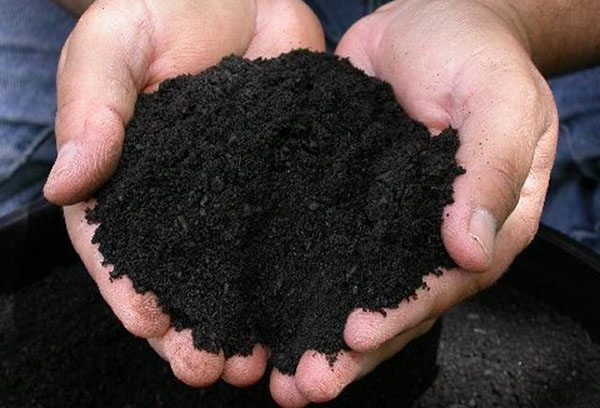
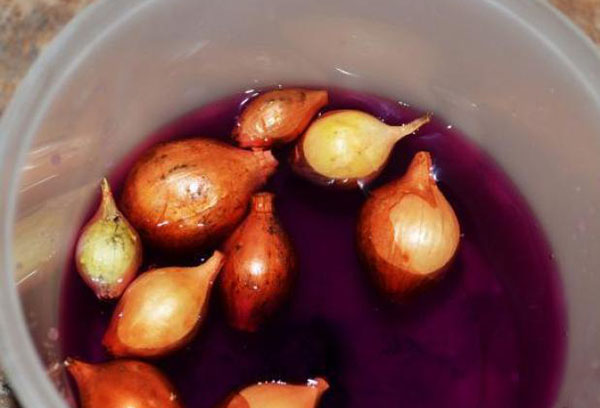

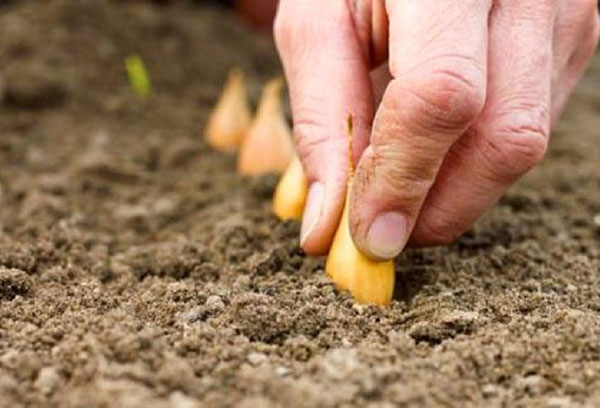
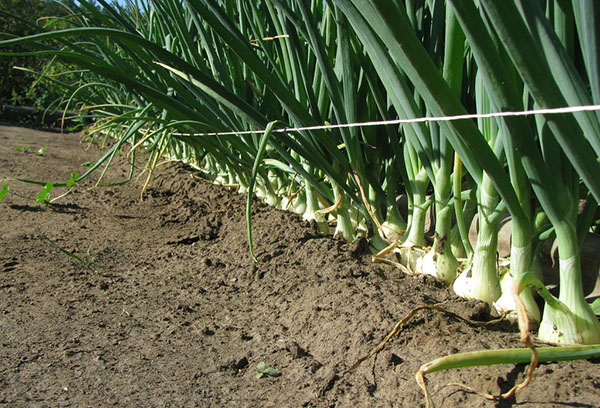
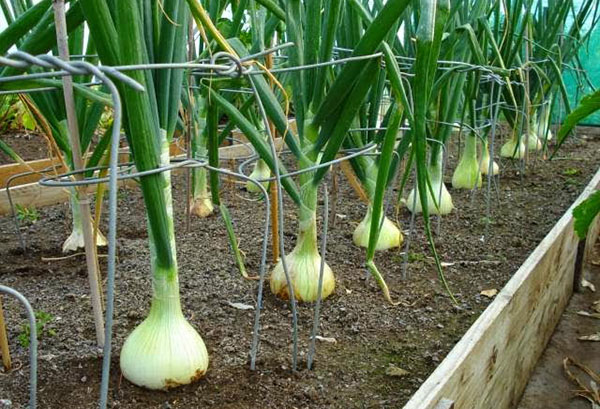
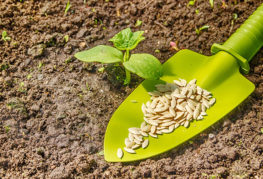
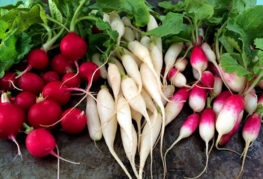
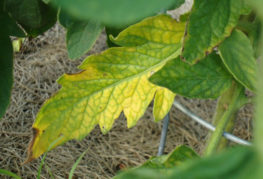
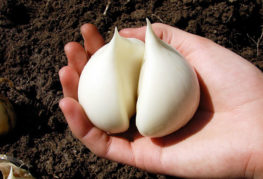
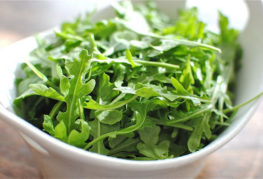
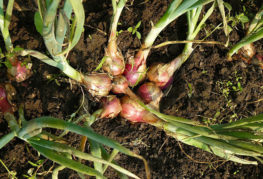
and will be published shortly.